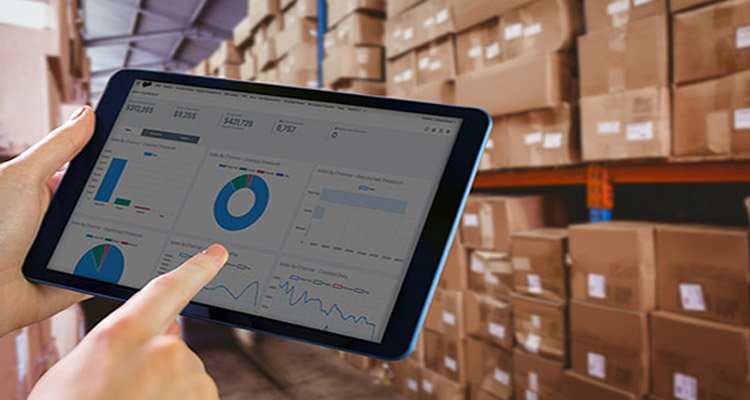For every business, the inventory plays an important role. Your customers and staff have to access it in the best ways to ensure business operations run smoothly. Managing the inventory helps to keep businesses on the same page with the operations and this avoids any form of confusion. However, the fact remains that this is easier to say than done. It is never so easy or simple to keep a track on the inventory, especially if you own a business, or going through a period of rapid growth.
As you read this post, you will learn about the different complexities that tag along with wholesale orders and inventory management. You will about some strategic ways and recommendations to solve different common problems. Using the right tools will make it easier for you to manage the inventory, even if you are a first time merchant.
Understanding Inventory Management:
In the simplest terms, inventory management is about putting systems and tools in the right place to keep track of all the items and good that is present in the stock and the quantity that you have at hand. This should also give you an insight into the items you have to reorder, and when the need to use it arises, as well as ensuring that the quantity does not get out of stock. This should prevent stock issues as well.
In every business, the exact specifics of inventory management vary. Other factors also play a role, including the buying habits of the audience, as well as your distributor relationships, leading to different approaches to inventory management. Furthermore, there are different other general concepts applicable. To build a good strategy for inventory management, you have to consider a few things. These include things like, how much inventory you have in hand right now, the amount of inventory you wish to order, how long should the inventory last, is it too little or more, and does it have enough storage?
A tip here for you is to use an inventory management tool, such as OrderCircle, to automate processes, track and manage inventory.
Keeping a Track on Inventory:
Proper management of inventory, as mentioned above requires you to use the right tools. The time of using paper and pen is now an old story, one prone to many errors. It depends on counting all of your stock by hand. When running your business, papers can easily go missing. When you use a modern and updated inventory software, an app to manage inventory, or a POS system, you can save space, and time. In addition, you will not have to worry about sloppy handwriting or misreading information.
Inventory Management with a POS System:
In inventory management software, the POS system is often in-built. It allows better acceptance of payments, even outside the analytics and probably the main reason to get it. The right tool should allow you to put in data into it directly, keep a track on sales, update inventory automatically, and give real-time insights on the inventory. To update the inventory in real time, you can also add a barcode scanner to allow easier scanning of the items into the POS system. In addition, you can set up reorder triggers as well that will tell you when the stocks run low for the items so that you can reorder them. These features allow you to avoid running low on products, which could be disappointing to customers. When everything goes into the POS system, you will have access to reports, which will give you a better understanding of the inventory and its performance.
With the right POS system, you will know which items are selling better, the low sales items, worth of the stock, best profit margin, and performance of the inventory over time. This is usually a big win for businesses and lets them make smarter decisions, keep the business on a good path, and utilize capital better.
Organize Your Inventory:
You must have an inventory for you to be able to manage it properly. Eventually, managing inventory could seem like a tedious process, especially as a first time merchant, but this should not be the case. A great way to get started is by ensuring you know the items you wish to stock, the amount of product you wish to sell, and how soon you expect it to sell. These factors will determine the frequency as well as the quantity of the orders. This should also boost the proper regulating of cash flow. Know the average amount that you want to spend on the inventory and set a target, which will ensure that you stay in the guidelines of your cash flow.
As a merchant, you also need to understand your supply chain. This should help to map out the products from raw materials to the final product as well as how they reach the top shelves and in the hands of your customers.
Just know that small changes all matter in the market. You need to implement the right regulations, use a working b2b ordering system for better management of the inventory.

